Estate Planning
President Biden’s proposed infrastructure plan does not explicitly raise estate taxes. Instead, it ends the step-up on the basis that wealthy taxpayers often use to minimize the tax on inherited wealth. The step-up in basis allows heirs to calculate their capital gains rate using the fair market value of assets at the time they are transferred rather than their original purchase price. Since assets like family businesses, homes, stocks, art and the like generally appreciate over time, eliminating the step-up in basis effectively raises the amount of tax on these assets.
In addition, the federal estate tax exemption, which is set at $11.7 million for singles and $23.4 million for married couples for 2021, is set to expire on December 31, 2025, unless Congress votes to extend it. While no one knows exactly what the exemption will be after that, it is possible that the exemption will go back to pre-2018 levels: $5.49 million for an individual and $10.98 million for a married couple (adjusted for inflation).
The effect of these potential changes makes it clear that now is a good time to review whether your estate plan still reflects your goals and priorities.
Spousal Lifetime Access Trusts (SLATs) have become a popular vehicle for high-net-worth individuals to shelter assets, particularly assets that are likely to increase over the donor’s lifetime. SLATs are essentially credit shelter or bypass trusts that are set up during the donor’s lifetime instead of at death.
SLATs allow one spouse (the donor spouse) to irrevocably gift assets to the other spouse (the beneficiary spouse) and/or other family members while still allowing indirect access to those assets via distributions of income and/or principal for the purpose of “health, education, maintenance or support.”
Generally, assets contributed to a SLAT are neither (1) taxable in either spouse’s estate nor (2) available to creditors as of the date they are gifted. However, there are exceptions that may leave the assets vulnerable in certain circumstances.
Many factors must be considered before deciding whether to create a SLAT, including the following:
- Because the trust is irrevocable, the donor cannot simply change his or her mind and remove assets from the trust or change beneficiaries. This can create issues when circumstances change unexpectedly. Suppose, for example, the donor and beneficiary spouses divorce after the SLAT is created. In that case, the language in the trust document matters. Language that defines the “spouse” as the person to whom the donor is married at the time of death or that specifies that the status of beneficiary shifts from the spouse to children or grandchildren upon divorce can ensure that the assets will be distributed according to the donor’s wishes.
- Assets placed in the trust must be solely owned by the donor spouse. They may not be owned jointly. For example, a vacation home may not be placed in the trust if it is jointly owned by the donor and beneficiary spouses.
- Assets placed in the trust must have a formal valuation. Interest in a family business, for example, may not be included if the business has never been valued.
- The donor spouse no longer has indirect access to the trust assets if either of the following is true:
- The beneficiary spouse dies.
- The spouses divorce.
Careful drafting can help prevent unintended consequences if circumstances change. In some instances, it may be advantageous to have each spouse set up a separate SLAT. However, this must be done in a way that does not trigger the “reciprocal trust doctrine.” That doctrine, which is triggered when the donor and beneficiary spouses create two identical or substantially similar trusts for the benefit of each other, may result in the trusts’ being undone, making the trust assets taxable.
Because these trusts are intended to protect generational wealth, they are designed as long-term trusts that pass wealth from generation to generation without incurring estate and gift taxes or generation-skipping transfer taxes. The rules are complicated, and it is important that the language in the trust document is carefully drafted.
Make sure that the assets in the trust do not trigger a step-up on the basis upon the donor spouse’s death. A well-drafted trust document may include language that allows assets in the trust to be swapped with assets of equal value. This means that assets with a low basis can be taken out of the trust and swapped with assets with a high basis.
State estate taxes are another potential snarl. However, the donor spouse can transfer assets in excess of the state estate tax exemption to the SLAT and avoid state estate tax exposure.
There are many other provisions that can be included in the trust document in order to ensure that the donor spouse’s intentions are fulfilled. Consulting with a tax expert or an estate planning attorney is the best way to be sure there will be no surprises.

